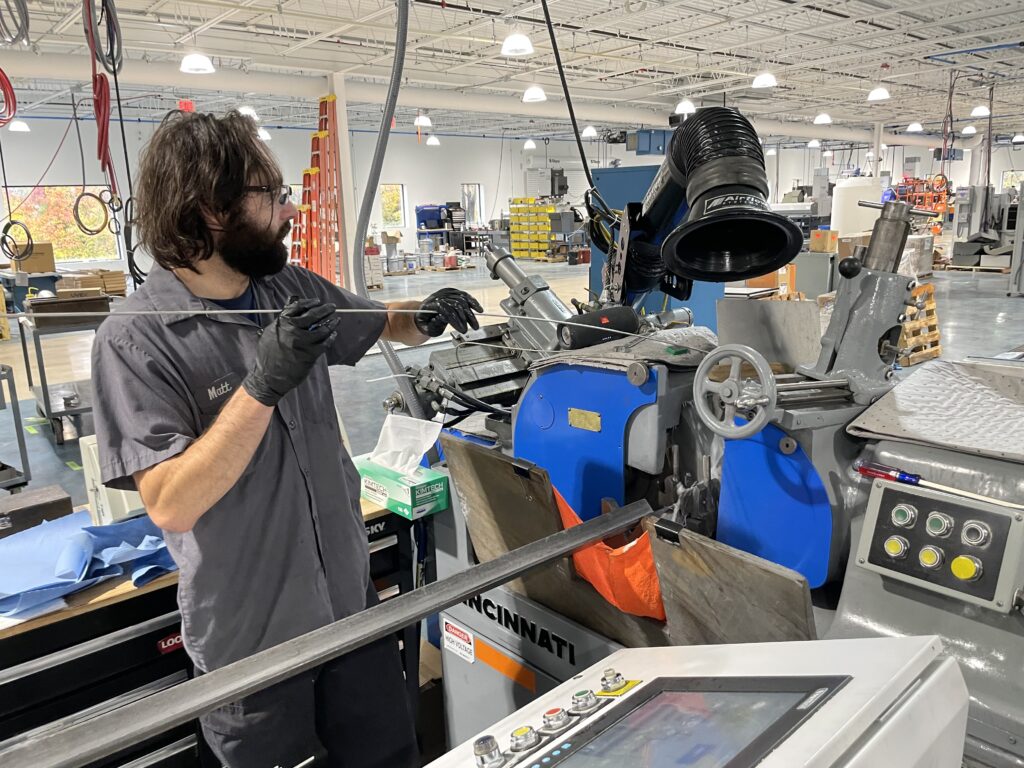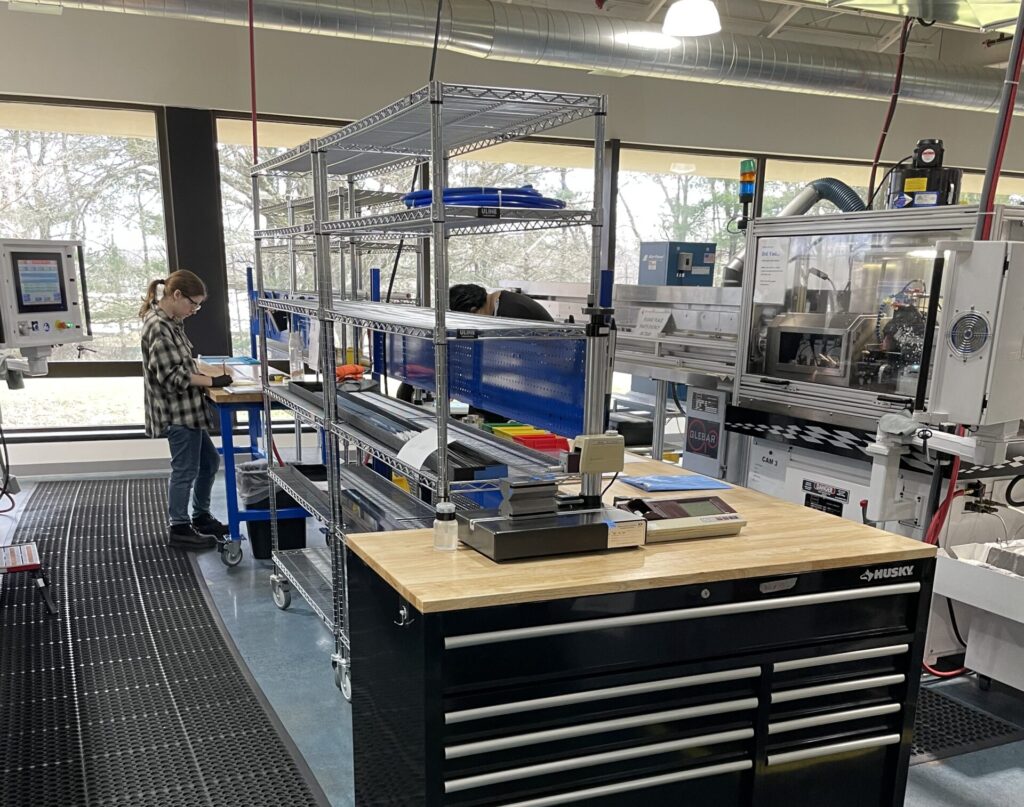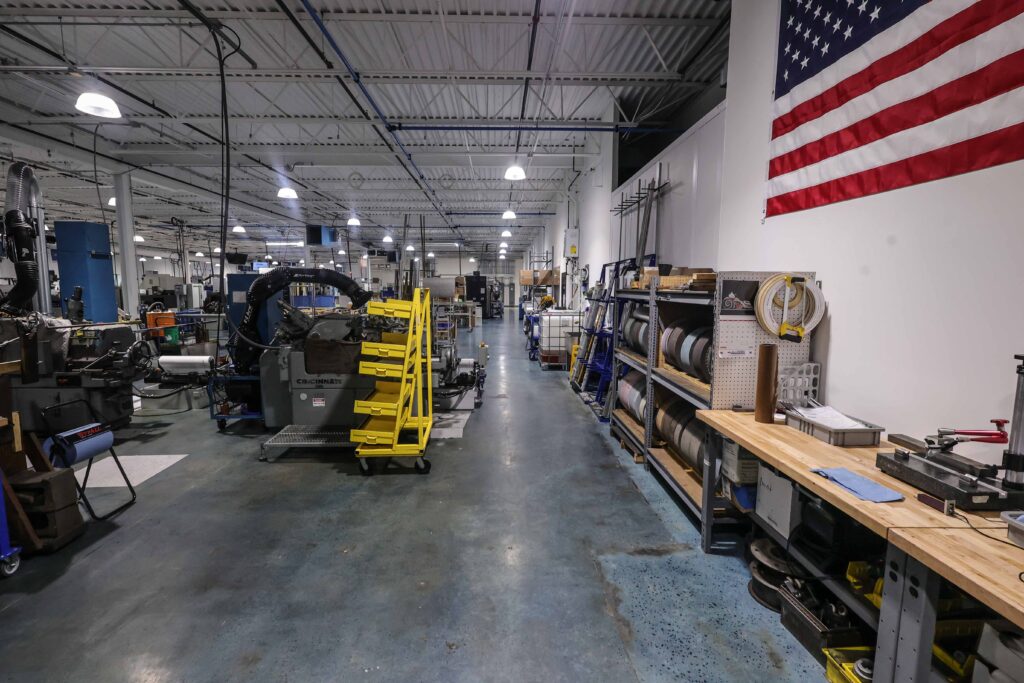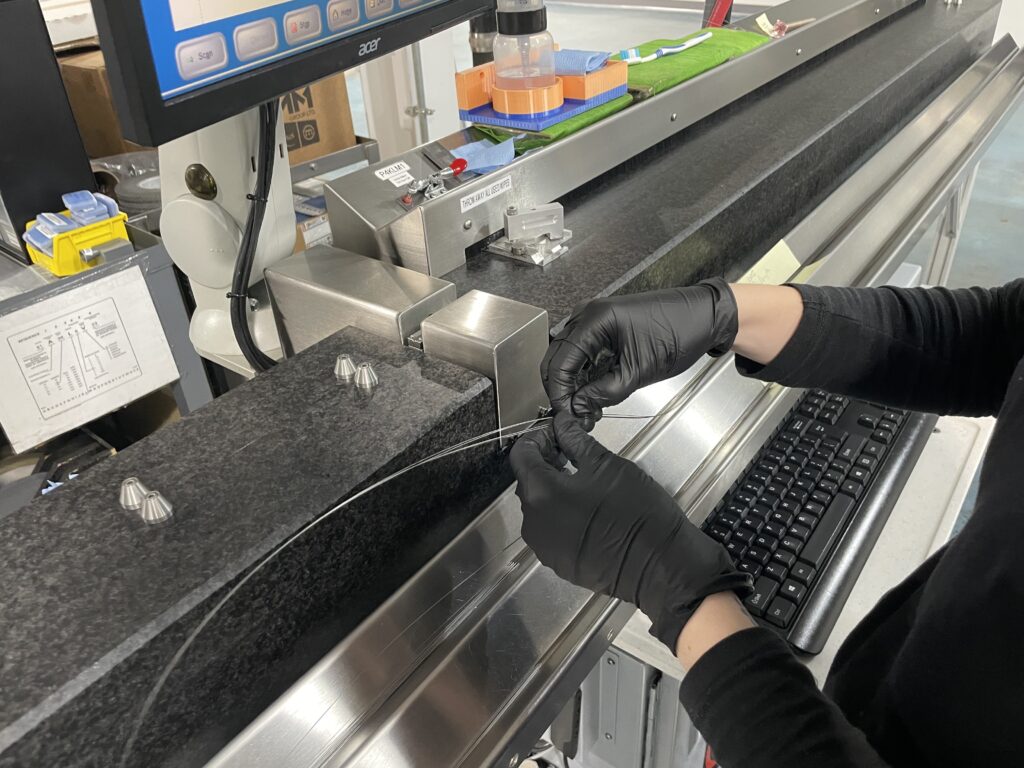
At a critical juncture, the American manufacturing industry, historically the backbone of the nation’s economy and a global powerhouse of innovation and production, is now grappling with the economic challenges of reshoring. Confronted with higher labor costs and intense financial pressures, many of today’s manufacturers have prioritized short-term gains to stay competitive, gradually eroding the innovative spirit that once defined American manufacturing. This article profiles our insights on overcoming cost and global competition challenges, exploring how the US can reclaim its leading position on the international manufacturing stage.
The Economic Barriers to Reshoring
Reshoring, the process of bringing manufacturing operations back to the USA from overseas, is gaining traction as a strategic response to the complexities of global supply chains and the increasing desire to stimulate our domestic economy. This initiative is crucial for several reasons: it holds the potential for job creation, reduces supply chain vulnerabilities, and rejuvenates local economies. However, the journey toward successful reshoring has significant challenges, including higher labor costs and decreasing resources for innovation due to growing investor influence.

Higher Labor Costs
A primary obstacle to reshoring is the elevated labor costs associated with manufacturing in the US. These costs are markedly higher than those in many countries like Costa Rica, where manufacturing is outsourced. This disparity stems from factors such as higher minimum wage standards, employee benefits, and the overall cost of living in the US. These factors can create a dilemma for companies trying to maintain competitive pricing while ensuring profitability, especially when competing against regions with lower labor costs.
Growing Investor Influence

Establishing efficient and modern production facilities in the US requires substantial capital investments. This need goes beyond physical infrastructure to include advanced machinery, cutting-edge technology, and comprehensive workforce training for a sophisticated manufacturing environment. Consequently, this often leads to a growing dominance of equity and financially-focused decision-makers. While these individuals and entities bring vital financial expertise to manage the capital-intensive aspects of modern manufacturing, their tendency to prioritize short-term profitability can be a concern. This approach may prohibit necessary long-term investments in research and development (R&D), which is critical for sustaining innovation and maintaining a competitive edge in the industry.
Next, let’s look closer at the role of AI in addressing labor cost challenges and how fostering innovation can be a crucial strategy in overcoming the barriers to successful reshoring.
The Role of AI in Reducing Labor Costs
As the manufacturing industry navigates the complexities of reshoring, artificial intelligence (AI) has emerged as an essential technology for reducing costs. AI transforms the production floor by automating routine machining and grinding tasks, streamlining processes, and enhancing operational efficiency. This automation allows for a more effective allocation of human labor, drastically reducing the time and resources dedicated to repetitive tasks.
In addition, AI’s ability to analyze vast data sets enables it to pinpoint inefficiencies and suggest improvements, leading to faster and more efficient production processes. This results in increased output with reduced input costs. The technology’s advanced algorithms and machine learning equip AI systems with the capability to detect and correct defects or inconsistencies, significantly diminishing waste and enhancing product quality and accuracy.
Ultimately, embracing AI is a strategic move toward overcoming the labor cost challenges in reshoring, setting the stage for a future of innovative and globally competitive American manufacturing.
Fostering Innovation for Global Competitiveness
Reshoring presents a valuable opportunity for revitalizing the American manufacturing sector, but it requires a careful balance between immediate financial necessities and long-term strategic investments in innovation and development. Despite the growing influence of equity and financially focused decision-makers who often prioritize short-term profitability, maintaining this balance is vital for ensuring the industry’s sustainable growth and competitiveness in a global market.
Companies like ours, unencumbered by short-term investor objectives, are better positioned to navigate the challenges of cost and innovation associated with reshoring. As a second-generation manufacturer experiencing rapid growth, we’ve discovered that investing in AI and other advanced precision manufacturing technologies optimizes costs, improves efficiency, and bolsters our competitive edge. More importantly, by fostering a culture of innovation through key investments such as automation engineering sandboxes – controlled testing environments for new technologies – and other R&D resources, we are well-equipped to tackle complex manufacturing challenges and lay the foundation for future advancements and discoveries.


Shaping a Competitive and Innovative Future
The future of US manufacturing hinges on embracing emerging technologies, fostering innovation, and moving beyond short-term financial constraints. Reshoring offers revitalization opportunities, but success demands a shift to long-term strategic thinking and technological investment. Industry leaders and policymakers must work together to transform current challenges into a resilient, competitive, and thriving manufacturing sector. With a future rich in potential, US manufacturing is on the cusp of an incredible opportunity – and we must seize the moment.
As a progressive organization, we are dedicated to investing in the latest technologies that shape the future of US manufacturing. Unbound by the constraints of equity firms, we have the freedom and the intrinsic drive to innovate continuously, striving for newer, better, and more precise solutions to complex, mission-critical manufacturing challenges.
To explore partnership opportunities and harness our advanced technologies and innovative capabilities, please contact our team.